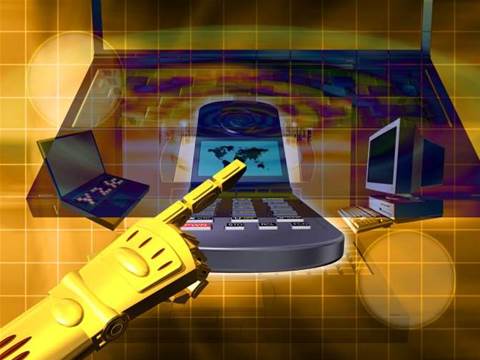Next-generation mobile data access is expected to offer strong competition to fixed-line broadband, according to a new report from Frost & Sullivan.
The analyst firm predicts that there will be around 22.4 million 3G Long Term Evolution (LTE) subscribers by 2013, generating service revenues of €9.6bn (£8.45bn) in western Europe alone.
Frost & Sullivan's European Mobile Broadband Melee between 3G LTE and Mobile WiMax report suggests that many operators are expected to leapfrog from HSPA to 3G LTE, bypassing intermediate technologies such as HSPA Evolved.
The report revealed that, thanks largely to flat-rate data plans and greater 3G coverage, mobile data usage is skyrocketing. Six to 14 times more data is being used on mobile broadband networks today than a year ago, and average users are downloading more than 5GB per month and some as much as 11GB.
However, although data traffic is on the rise, revenues are flat. As a result operators are looking for ways to reduce network costs, while improving and expanding data access and speed.
"Next generation wireless technologies such as 3G LTE and Mobile WiMax will eventually lead operators to move to an 'open' access, any client device connected internet model, with the advent of consumer electronic devices being embedded with 3G LTE technology," said Luke Thomas, programme manager at Frost & Sullivan. "This in turn will lead to higher service stickiness and reduced churn."
Thomas believes that operators must do away with the traditional method of locking in client devices to their respective mobile broadband access networks.
"If a mobile operator has decided to deploy 3G LTE by 2010/2011 it should immediately start upgrading its backhaul, as each LTE base station will require a minimum of 200Mbit/s to 300Mbit/s backhaul capacity," he said.
To deal with these impending backhaul issues, mobile operators are looking at several different technologies that would avoid having to install new cable, which is both disruptive and expensive. These include high-capacity point-to-point microwave links, and relay as well as LTE-enabled femtocells.
The case for femtocells was highlighted in a white paper released by the Femto Forum this week, suggesting that the technology can help mitigate capital expenditure by essentially making mobile subscribers pay for the backhaul through subsidised femtocells.
However, operators would have to make sure that the systems are self-configuring to avoid any interference between the macrocell and femtocell, and adjust to any changes in the network topography.
"Rather than providing flat-fee unlimited contracts or traffic caps for 3G LTE and Mobile WiMax, operators need to be more innovative with their pricing strategies to differentiate themselves from the competition but, at the same time, ensure that it is not too complicated or non-transparent for the user to understand," said Thomas.
"Furthermore, operators need to put in place effective management tools to manage traffic using quality-of-service policies, prioritised access and flow-based processing."
The topic of how mobile operators can stem this divergence of revenues and traffic load has been a matter of much debate, as highlighted in a recent roundtable hosted by Alcatel-Lucent.
Mobile broadband catching up with fixed-line services
By
Staff Writers
on Apr 18, 2009 9:42AM

Got a news tip for our journalists? Share it with us anonymously here.
Partner Content
.png&h=142&w=230&c=1&s=1)
How mandatory climate reporting is raising the bar for corporate leadership

Beyond the box: How Crayon Is Redefining Distribution for the Next Era

How Expert Support Can Help Partners and SMBs Realize the Full Value of AI

Guiding customers on the uneven path to AI adoption

Shared Intelligence is the Real Competitive Edge Partners Enjoy with Crayon






.jpg&w=100&c=1&s=0)
_(8).jpg&w=100&c=1&s=0)









